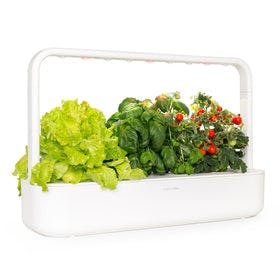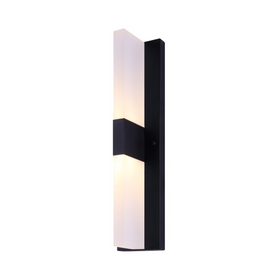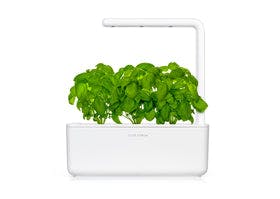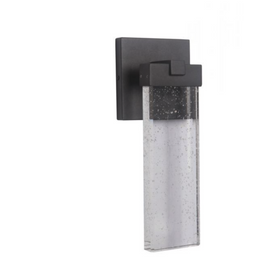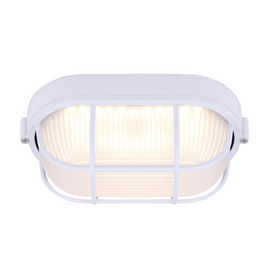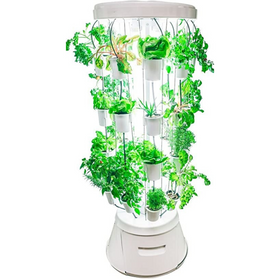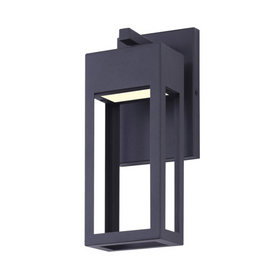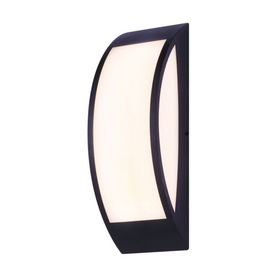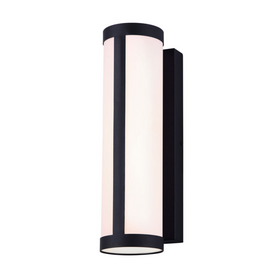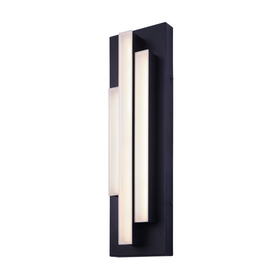Unfortunately for us, that pollen is the primary cause of outdoor allergies. In fact, pollen triggers over 50 million people’s allergies in the United States every year. Not everyone is reacting specifically to pollen, but it is a major indoor/outdoor contributor for over 8% of the population who were diagnosed with hay fever in 2015. Check out this video to show how much pollen can come from the shaking of one tree!
So in our efforts to create gardens with less mess, we have brought in more pollen-laden plants, impacting our own health. Luckily, there is a solution.
OPALS
OPALS—not the beautiful stones from central Australia in this case—are the Ogren Plant Allergy Scale created by Thomas Ogren. This scale ranks plants from 1-9 based on their allergenic properties, specifically pollen, but also other elements including the amount of pollen produced, pollen size, length of pollen season, intensity, and whether the plants cause skin reactions. This scale includes all types of plants, including trees, which can be some of the worst pollinators in your yard.
A professional landscape gardener, Ogren has worked and taught in the industry. He became involved in this field over two decades ago because his wife, sisters, and mother all had pollen allergies. With his family suffering, he set out to figure out a solution and came up with this scale as a way of categorizing plant species. Allergists and immunologists backed up the OPALS scale with research supporting its value and rating system. The OPALS scale is widely recognized throughout the world, including by the US Department of Agriculture as well as by the American Lung Association.
How Does It Work?
The scale is pretty straightforward. The lower the number, the less allergenic the plant is, and the better the choice for your gardens. The higher the number, the greater the pollen and allergenic load there is for you and your family. One to three, for example, are typically very low potential to cause allergies. A rating of 4-6 has moderate potential to cause allergies, which can be exacerbated by the overuse of the same plant throughout the garden. A 7-8 OPAL scale rating means that the plants have high potential to cause allergies, so it is advised to plant as little as possible of these types of plants. Finally, plants scoring a 9-10 have an extremely high potential to cause allergies and should be replaced with less allergenic species.
Some of the worst offenders on the OPAL scale, scoring 10, are Bermuda grass, Queen Anne’s lace, juniper trees, and oak trees. At the opposite end of the scale, some examples of the good plants to have around to reduce allergies are bougainvillea, foxgloves, fir trees, and fan palms. Please keep in mind that whether you have male or female versions of these plants makes a difference. You may be fine with female versions of these plants and trees, so make sure you are choosing the right ones.
Remember that the plants and trees that you purchase are not the only sources of pollen in your yard. Grasses, weeds, existing trees, and bushes can also have high pollen counts. Knowing which plants, weeds, and trees in your region are high pollen emitters means you can weed with more gusto, getting rid of the worst offenders, replace bushes and shrubs over time to help reduce pollen loads, and think about newer trees for your yard in the future.
Neighbors
Buying and planting low allergy plants and trees in your gardens are excellent, but what do you do about the neighbor’s pollen-laden plants? Although cutting them down may be on your mind—especially if they have 8 or 9 OPALS scale trees and you are an allergy sufferer, we do not recommend such drastic measures. Instead, it is recommended to use physics when planting, and create windscreens with shrubs and bushes. These windscreens will force the wind to move over them, thereby reducing the pollen drop in your yard and around your house. The bushes themselves will also capture pollen, reducing what makes it through to your yard. Again, remember to make sure your hedges are low on the scale, which will provide greater enjoyment of your yard.
Not the Only Decision
Low allergy plants are the first step in making your yard the healthy oasis you have been dreaming about. This is not the only step, however, in completing that vision. You cannot simply choose low OPALS to scale plants from a different climate region and keep them alive with excessive watering and pesticides. An outdoor cactus in Buffalo, New York, for example, is not going to work. Planting local, indigenous plants that require little water allows you to not have to use drinking water to irrigate your landscaping. Also, consider the negative health impact pesticides have on bees and other beneficial insects, birds, and animals that share your wonderful garden. If you do have pests, make sure you are using natural-based solutions to deal with them, instead of the toxic chemicals.
Moving Beyond Your House
Once you have learned more about which plants and trees in your climate region have a low OPALS scale, share the news. Consider what a low allergy planting could do for schools, libraries, and other community and public spaces. Kids desperately need to spend more time outdoors and less time on screens, and making as many outdoor spaces as healthy as possible will help in getting—and keeping—them outside.
Bottom Line
Thomas Ogren has written a great book on the subject titled, The Allergy-Fighting Garden, which is a fantastic resource for those needing some guidance on where to start. Talking to professional landscape architects, gardeners, and garden shops about OPALS plants to add to your garden are the next steps in creating a healthy garden that you can actually enjoy outside—not from inside—your home.



